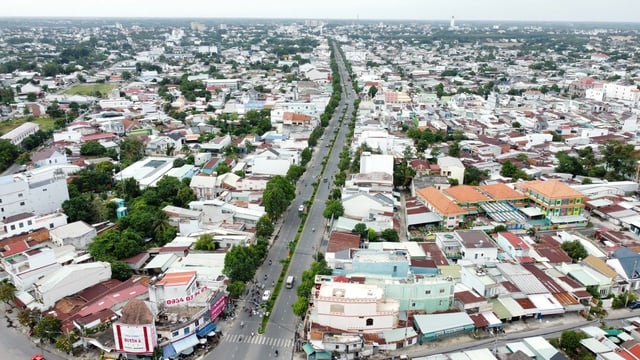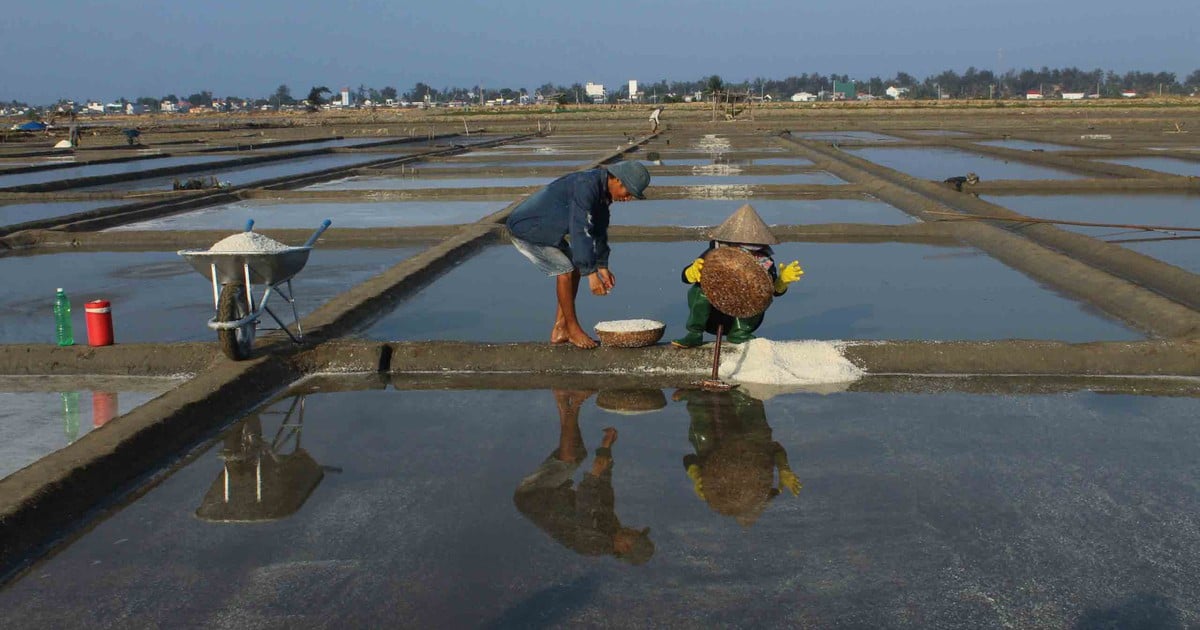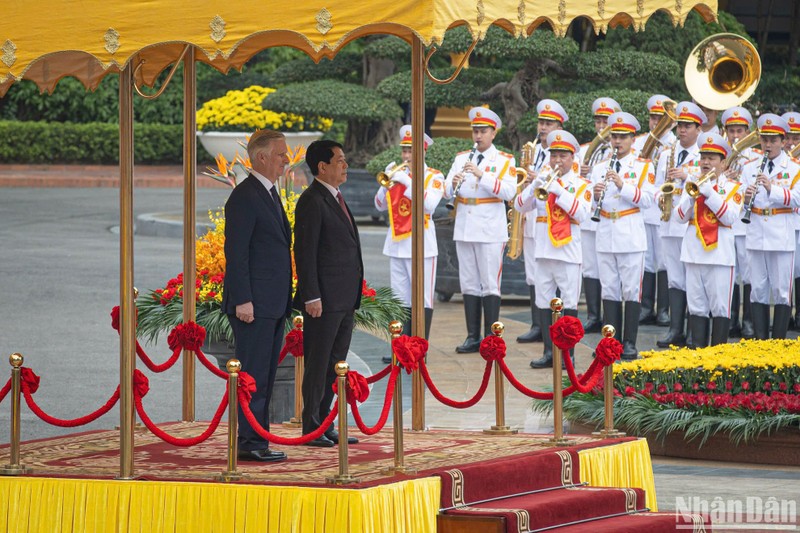Tay Ninh currently has 9 district-level administrative units (1 city, 2 towns, 6 districts) and 94 commune-level administrative units (17 wards, 6 towns and 71 communes). The total number of district-level cadres and civil servants is 1,240 people, and commune-level is 1,917 people. In addition, the number of non-professional workers at the commune level is 1,418 people (as of February 2025).
Two options for arranging the commune-level administrative apparatus
In order to streamline the apparatus, reorganize administrative units and build a 2-level local government model according to the direction of the Central Government, the People's Committee of Tay Ninh province proposed 2 options.
Specifically, option 1: Reduce from 94 commune-level administrative units to 28 units (8 wards and 20 communes; including 8 border communes). This option has the advantage of ensuring the criteria on natural area and population size according to the Central orientation; increase the number of wards, create favorable conditions for urban development, and attract investment.
However, this option also has disadvantages such as 1 locality must merge with other localities, which will make it difficult to get people's opinions; adding 2 more wards due to merging with communes is predicted to be difficult by appraisal agencies to promote the advantages of a type III urban area.
Option 2: reduce to 26 administrative units (5 wards and 21 communes; including 8 border communes). This option has the advantage of ensuring the criteria on natural area and population size according to the Central's orientation; taking advantage of the type III urban area, Cao Dai religious center, synchronous inner-city traffic system; ensuring stability by prioritizing the retention of many existing administrative units; minimizing the impact on people and businesses due to less need to change addresses.
However, this option has the disadvantage of having fewer wards than the above option, which may reduce the opportunity for urbanization in some developed areas; some reorganized localities may encounter difficulties in administrative management due to the larger area.
How to name administrative units after arrangement?
According to the People's Committee of Tay Ninh province, the naming of commune-level administrative units after the rearrangement must be carefully and thoroughly researched, taking into account traditional, historical and cultural factors. The names of newly formed communes and wards after the rearrangement must be easy to identify, concise, easy to read, easy to remember, ensuring systematicity and science; it is encouraged to name communes and wards according to serial numbers or according to the names of higher-level administrative units with serial numbers attached to facilitate the digitization and updating of information data.
The arrangement of administrative units in Tay Ninh aims to ensure the criteria on natural area and population size according to the orientation of the Central Committee. PHOTO: THANH QUAN
Encourage the use of one of the existing names of administrative units before the merger or the name of the administrative unit that has historical, traditional, cultural value and has been agreed upon by the local people.
The name of the new commune or ward after the arrangement must not be the same as the name of the existing administrative unit of the same level within the province or centrally-run city or within the province or city planned to be established according to the arrangement orientation of provincial-level administrative units approved by competent authorities.
In addition, the new administrative center must have a favorable geographical location, synchronous economic and social infrastructure, especially a developed transportation system; easily connect with areas within the province, ensuring harmony and rationality.
Commune-level administrative units have a natural area or population size reaching 300% or more of the standards prescribed by the corresponding administrative unit; wards have a natural area of 35 km² or more, a population size of 50,000 people or more; communes have a natural area of 90 km² or more, a population size of 24,000 people or more.
Source TNO
Source: https://baotayninh.vn/tay-ninh-du-kien-sap-xep-don-vi-hanh-chinh-cap-xa-nhu-the-nao-a188151.html



![[Photo] National Assembly Chairman Tran Thanh Man meets with King Philippe of Belgium](https://vstatic.vietnam.vn/vietnam/resource/IMAGE/2025/4/1/c6fb3ef1d4504726a738406fb7e6273f)

![[Photo] President Luong Cuong meets with King Philippe of Belgium](https://vstatic.vietnam.vn/vietnam/resource/IMAGE/2025/4/1/1ce6351a31734a1a833f595a89648faf)
![[Photo] President Luong Cuong and the King of Belgium witness the Vietnam-Belgium document exchange ceremony](https://vstatic.vietnam.vn/vietnam/resource/IMAGE/2025/4/1/df43237b0d2d4f1997892fe485bd05a2)
![[Photo] Official welcoming ceremony for the King and Queen of the Kingdom of Belgium](https://vstatic.vietnam.vn/vietnam/resource/IMAGE/2025/4/1/9e1e23e54fad482aa7680fa5d11a1480)
![[Photo] Queen of the Kingdom of Belgium and the wife of President Luong Cuong visit Uncle Ho's Stilt House](https://vstatic.vietnam.vn/vietnam/resource/IMAGE/2025/4/1/9752eee556e54ac481c172c1130520cd)

















































































Comment (0)